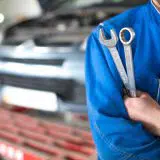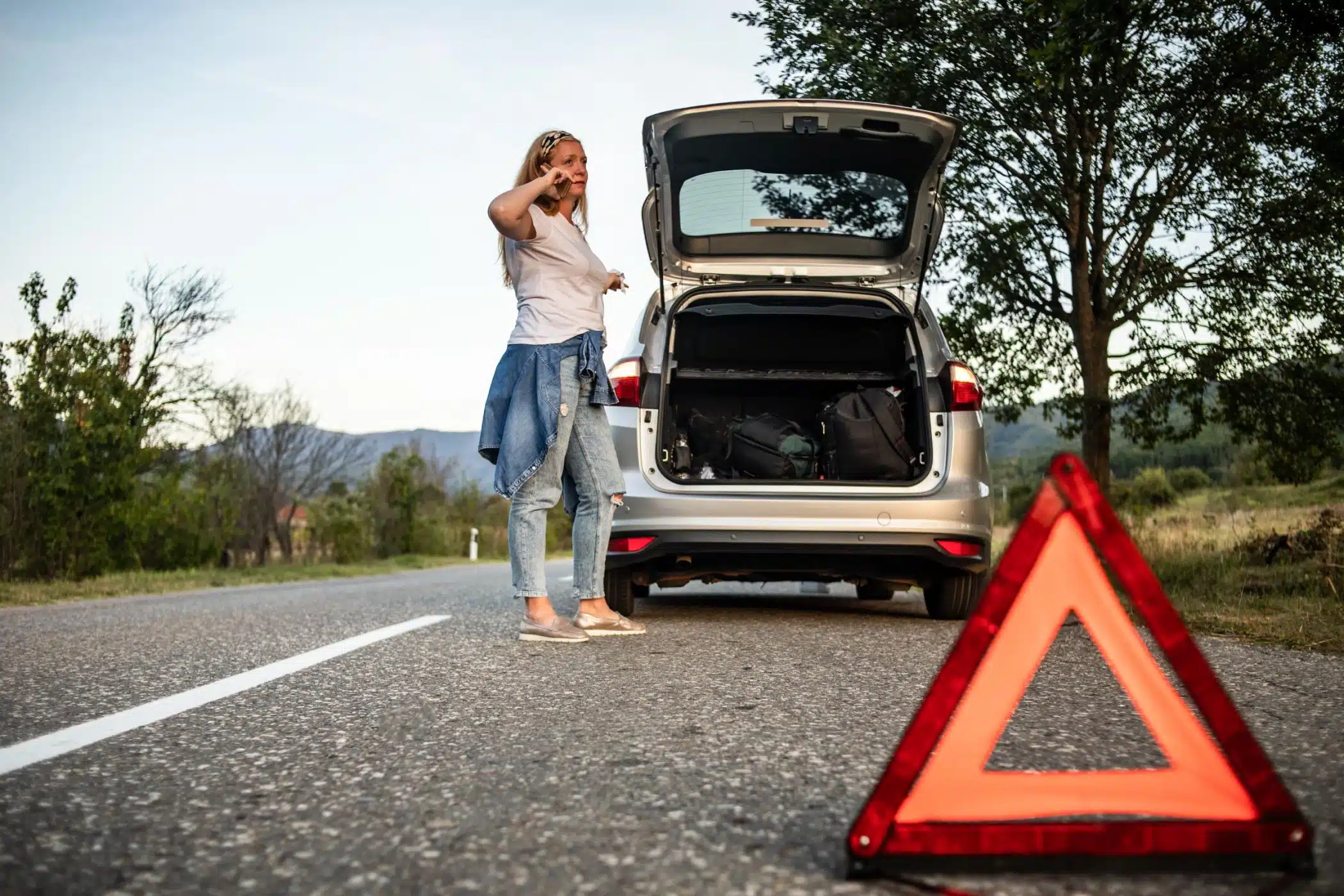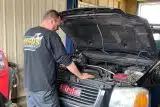My Car Won’t Start: What to Do When Your Vehicle Stalls
Safety
 Posted by: Boggs 7 months ago
Posted by: Boggs 7 months ago
When you’re driving a car that suddenly stalls, it can be startling and quite scary. However, it’s important to stay calm and focused to properly deal with the situation. But what is the protocol when your vehicle stalls? Let’s start by looking at why a car may stall in the first place, then learn our 3 simple steps to take when dealing with a vehicle that won’t start.

Why Do Cars Stall?
When a vehicle randomly stalls, there are a variety of issues that could be at the root of the problem. Let’s look at just a few.
Faulty Fuel System
If your fuel tank is close to empty or is completely out of gas, your vehicle may stall. When your engine isn’t getting enough fuel to run, it will just stop.
If your tank is full, it’s possible the problem is a malfunctioning fuel pump. The fuel pump is in charge of pumping fuel from your tank to the engine. If the fuel pump is damaged in any way, your vehicle may stall.
Ignition Problems
If your ignition is failing to spark and ignite within the engine’s cylinders then your vehicle may stall. Another possible ignition problem is worn-out spark plugs. When spark plugs are worn down, the spark won’t be able to ignite the cylinders either.
Battery Issues
If your battery is going bad or starting to run out of juice, it could cause your car to stall. Lack of power in the battery causes the alternator to work harder to keep your engine running and it can only do so for a limited time. Stress on a vehicle’s electrical system is a common cause of stalled vehicles.
Lack Of Airflow
Over time, your vehicle’s air filter can become clogged with dirt and debris. When airflow is restricted, the air-fuel mixture can become imbalanced. This can cause the engine to run unevenly and even stall in some situations.
Bad Exhaust System
If your vehicle’s exhaust system, specifically the catalytic converter, is clogged due to built-up carbon deposits or other substances, it could cause problems. This reduces engine performance and could potentially cause the car to stall too.
How To Deal With A Stalled Vehicle
It’s never fun to handle your vehicle when it has stalled, but it’s important to be aware of how to safely deal with a stalled car, especially on a busy road.
Find A Safe Place To Pull Over
If you are able, pull over to the right side of the road or the right shoulder if you’re on the highway. Get over enough so that you’re out of the way of all oncoming traffic. Be sure to put your hazards on to keep you and others safe.
If you are unable to pull over, turn your hazard lights on and remain where you are. Do not get out of your vehicle as it could be dangerous.
Attempt To Restart Your Engine
Since there are various reasons your vehicle might stall, your engine might be able to restart. Once your engine is completely off and your vehicle is pulled over to a safe place, attempt to restart the engine.
Call For Help
If your engine still stalls, call for help. If you are stuck in the middle of the highway or a busy road, call 911 so you can get help moving your car from oncoming traffic. If you have safely pulled over, call a tow service to get your vehicle towed somewhere that it can be repaired.
Visit Boggs After Your Vehicle Stalls
Sometimes car trouble can happen in the blink of an eye. If your car stalls, be sure to visit Boggs soon after so we can assess your vehicle and figure out what the root of the problem is.
If you don’t have time to stop by, let us come to you! Our Boggs Driver pick-up service simplifies routine maintenance, including brake inspections and oil changes. For other services, click below to schedule.
Categories:
About: Boggs
You May Be Interested In:

How Seasonal Temperature Swings Affect Your Car’s Battery
6 days ago by Boggs

How To Keep Your Car’s AC System Running Efficiently
6 days ago by Boggs

The Benefits of Having a Local Automotive Shop You Can Trust
3 weeks ago by Boggs

Pollen Can Ruin Your Car: How to Keep Your Car Safe This Spring
1 month ago by Boggs
Need help with your vehicle? Learn how to get help!
Trust Boggs As Your Auto Shop
We have three convenient locations and a vehicle pick-up service!